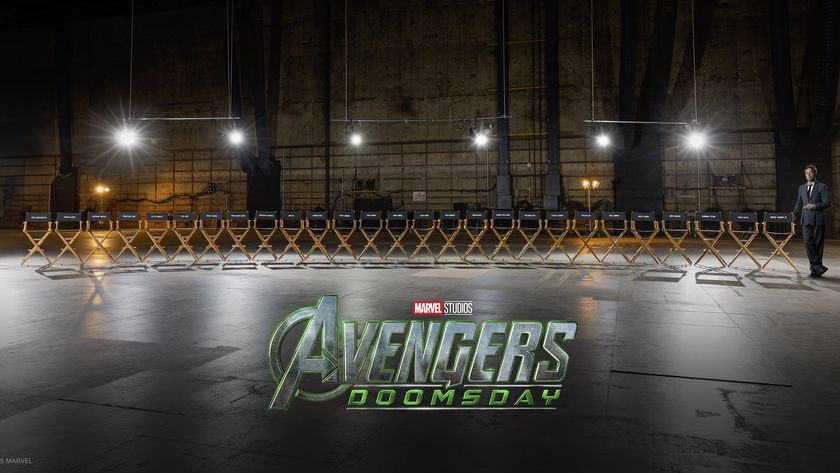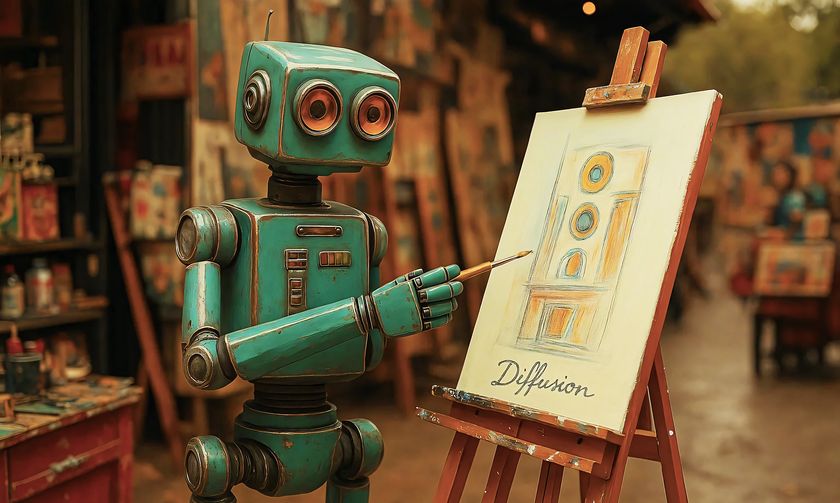How Shazam sells 160,000 tracks a day
Shazam CEO on the secrets of the service's success
"We look at the instruments and the vocal performance within a piece of music as well as the sound waves," Fisher, who joined Shazam five years ago, explains.
"Every instrument has a different sound wave at a point in a song. We cut the song into five or 10 second samples and create a pattern between the peaks and troughs in the wave. That's what we call a fingerprint. Even if the same artist is playing the same song in a different studio, there would be a subtle difference in the waves."
Shazam is able to recognise cover versions as well as tracks speeded up by DJs and filter out additional sounds in noisy nightclubs. The team, led by co-founder and chief scientist Avery Wang, is continually refining the algorithm to make it faster and more accurate.
To be able to identify a song, it has to be in Shazam's fast-growing database, which currently holds around eight million entries. Music is sourced automatically, through XML feeds from record labels, and manually, if the music is on vinyl, for example.
"If the act hasn't been signed yet but it's been played in a nightclub and becoming very popular in the underground world, it needs to be on our database. One of our core competencies is being able to source that music before it gets into the mainstream. We share our information and that often leads to acts being signed by record labels."
No public entry
At the end of last year Shazam, which employs around 100 people, took an undisclosed investment from Kleiner Perkins Caufield & Byers, a venture capital firm that has backed some of the biggest digital brands, including Google, Amazon and eBay. Fisher, however, claims there are no immediate plans to go public.
Get daily insight, inspiration and deals in your inbox
Sign up for breaking news, reviews, opinion, top tech deals, and more.
"We do want to build a global brand but, at our current scale, an IPO wouldn't be appropriate," he says. "The primary reason we took the investment from Kleiner Perkins wasn't money. We'd evolved from a technology company to a consumer-facing company and needed help to build a brand in a very viral way.
"The money that we've taken in we're going to use for product development, again for building viral features that people see a lot of value in and want to tell their friends about. That's how we grow our community."
Shazam is also looking into video, but the most significant development to come out of the labs is SARA, Shazam Audio Recognition Advertising. The program enables brands and broadcasters to use Shazam to extend their campaigns to mobile. It launched with a Dockers TV ad during the Super Bowl broadcast that could be tagged via Shazam, linking the viewer to a branded content page that included a khaki pant giveaway.
"This goes beyond the music application," Fisher explains, "and is positioning Shazam as an interactive advertising platform. We have access to a device that almost every consumer has in their home. SARA will also be used for interactive programming, where you can get exclusive content from broadcasters delivered back to your phone and PC.
"The most important thing for the advertising industry is that Shazam has 50million consumers across 200 countries who already have this technology, so it's a ready-made audience for them to engage with."
Shazam is on a roll. This announcement will raise its popularity even more. On track to reach its 100million-user milestone by the end of the year, Shazam has what it takes to become the world's first breakthrough mobile app company.













